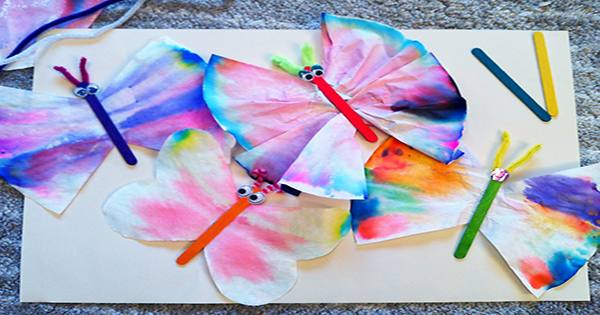Science can be tactical but it can also be very beautiful, as demonstrated by the ABL Network who got creative using chromatography. The process, first established in the late 19th century, separates the elements of a mixture that reveals an aesthetically appealing color array. The effect can be achieved by dipping a sheet of paper or cloth in water or alcoholic pigments, which are soaked by capillary action.
The larger molecules in the pigment will travel more slowly than the smaller ones, which disperse faster in layers. The art was first practiced for its value, the technique was adopted by chemists as an effective way to analyze and purify chemical solutions. The scientific application isn’t always so colorful, but as a recent group project such as the Abley Network demonstrated, the practice can be really pretty. In an email to IFLScience, the program manager of the ALEAEE Network Celine Trumblay said, “The ABL Network is a community-based program that supports adults with intellectual disabilities.
“Under normal circumstances we support these five of us through five core programs of work training / work experience, recreation, transit training / pedestrian safety training, volunteer work and continuing education. Due to the epidemic we could not meet in person, so we had to adjust our program to manage it. Undoubtedly, it is a shame not to meet in person, but the de facto operation has given the Abel Network the opportunity to include more science, literacy and industry-based activities in their programs.
They were inspired to tackle chromatography after a session to understand what happened when you mixed the color, realizing that this is the right technique to explain what color is made of. “Using markers, water and coffee filters was not only a quick and manageable way to do this, but it was also expensive,” wrote Trumbull. They observed that some colors, such as black, were divided into three or four colors, while others were divided into two. They were amazed at the vibrancy of some of the bright turquoise blue colors that came from the black markers.”















